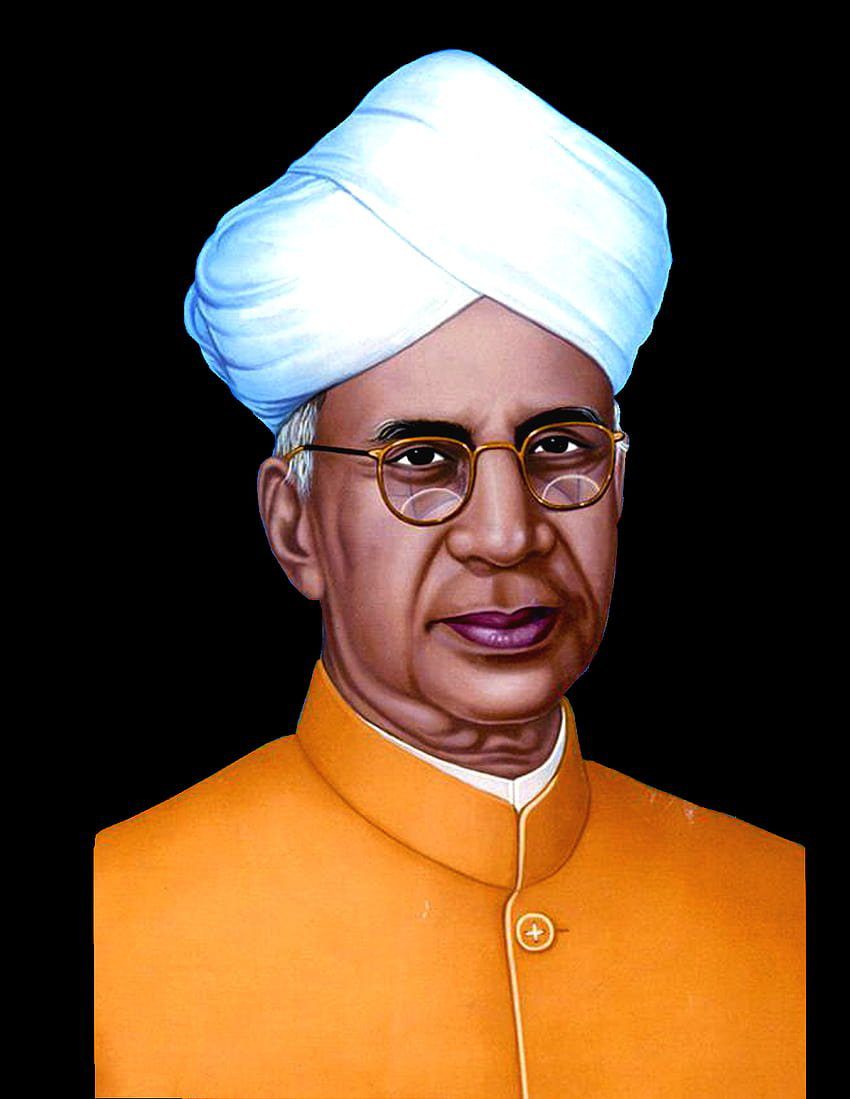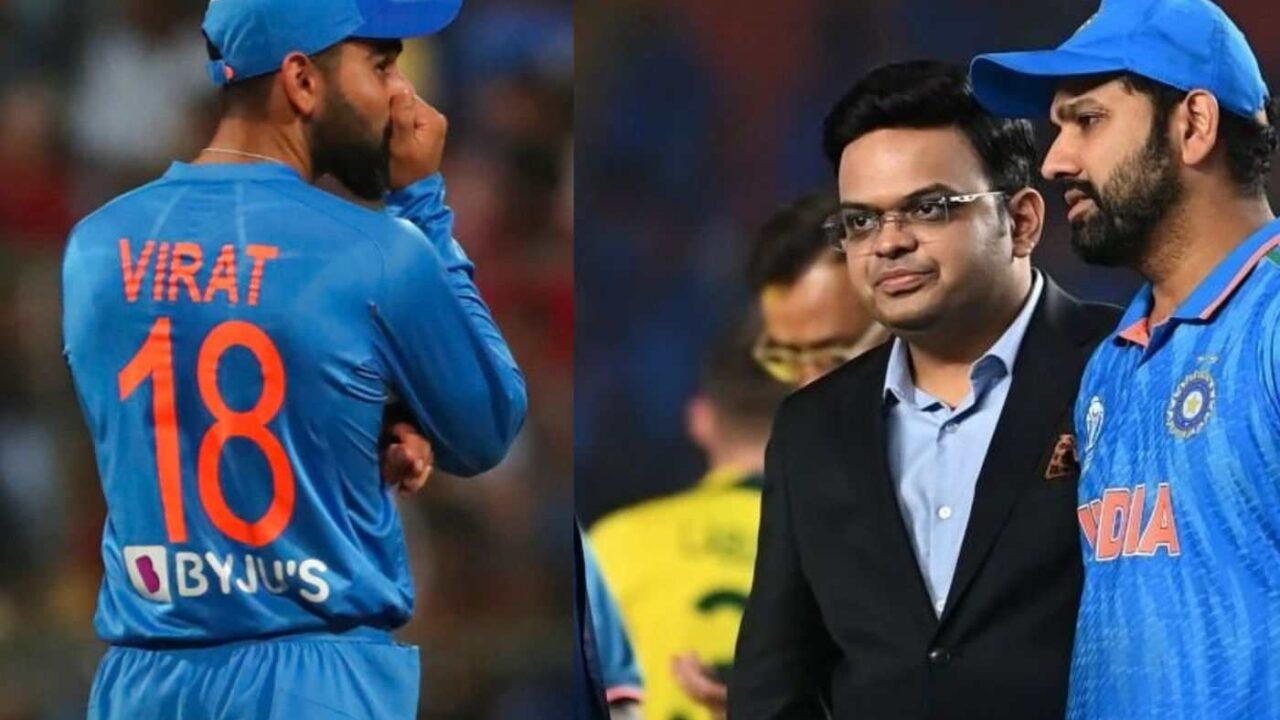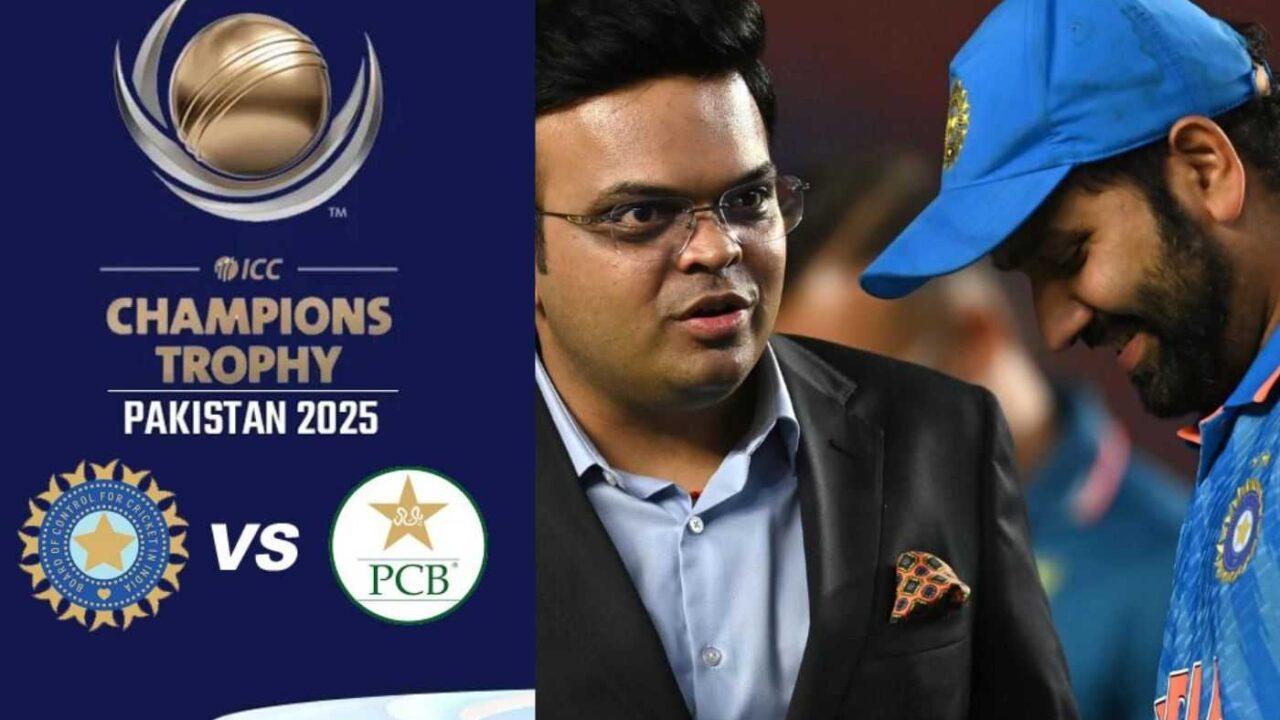Sarvepalli Radhakrishnan was an Indian scholar, politician, philosopher, and statesman who served two terms as President. Radhakrishnan dedicated much of his writing career to defending and explaining Hinduism/Vedanta to show its viability both philosophically and ethically – invoking both Indian philosophical contexts as well as Western perspectives for his prose work, being recognized in academic circles as an icon representing it to Westerners.
This biography will outline his early years, family, education, career as a schoolteacher, political life and eventual demise.
Early Life Of Sarvepalli Radhakrishnan
This section will give us more insight into Radhakrishnan S’s parents and family.
- Radhakrishnan of Sarvepalli was born on September 5, 1888.
- He was born into a Telugu-speaking Niyogi Brahmin family living in Tiruttani Madras Presidency of British India – today Tamil Nadu.
- His father was an under-revenue official working for a local zamindar, while his mother was named Sarvepalli Sita.
- Sarvepalli is his family home village in Andhra Pradesh’s Nellore District. However, he spent much of his childhood living in Tiruttani, Tirupati, and other surrounding towns.
- Radhakrishnan has received many scholarships during his academic career.
Sarvepalli Radhakrishnan Education
- He attended Tiruttani K.V High School before continuing his education at Hermannsburg Evangelical Lutheran Mission School and Walajapet Government Secondary High Schools between 1896 and 1899.
- Voorhees College in Vellore was where he completed his high school education. Once completing his First of Art class, he enrolled at Madras Christian College when he was seventeen. By 1906, he had earned bachelor’s and master’s degrees there.
- Sarvepalli wrote his bachelor thesis, “The Ethics of Vedanta and Its Metaphysical Presuppositions,” as an answer to criticism that Vedanta contained no room for ethical principles. Rev. William Meston, Dr. Alfred George Hogg and Radhakrishnan- all professors- have praised this dissertation; Radhakrishnan even published his at the age twenty!
Sarvepalli Radhakrishnan Family
- Sarvepalli and Sivakamu tied the knot when they were both 16 years old.
- Radha Krishnan was Radha’s distant cousin.
- Radhakrishnan and Sivakamu have been happily married for over 51 years and counting!
- Radhakrishnan was the father of six children: five daughters and one son.
- Sarvepalli was a renowned Indian historian. He wrote his father’s biographies – Radhakrishnan: A Biography and Jawaharlal: A Biography.
Radha Krishnan’s Academic Career
- Radhakrishnan joined the Madras Presidency College Department of Philosophy in April 1909.
- In 1918, he was appointed Professor of Philosophical Studies at the University of Mysore and taught at Maharaja’s College of Mysore.
- While studying at Maharaja’s College, he published several articles for respected periodicals like The Quest Journal of Philosophy and the International Journal of Ethics.
- Rabindranath Tagore’s Philosophy was completed, marking his debut novel and being seen as “a genuine expression of Indian Spirit”.
- He published The Reign of Religion In Contemporary Philosophy in 1920.
- In 1921, he was appointed professor of philosophy at Calcutta University and later held the King George V Chair for Moral and Mental Science.
- He represented the University of Calcutta at the British Empire Universities Congress. He attended Harvard’s International Congress of Philosophy, held in September 1926.
- An essential academic event occurred during this period when he accepted and delivered the Hibbert Lectures on Ideals of Life at Manchester College in Oxford in 1929, publishing later his book entitled An Idealist View of Life.
- Radhakrishnan was asked to serve Manchester College in 1929 after J. Estlin Carpenter left, acting as his replacement and giving a Comparative Religion Lecture to University of Oxford students.
- George V knighted him for his contributions to education in June 1931, and Earl Willingdon, Governor-General of India, then presented it in April 1932.
- After India gained independence, he abandoned his title and used the academic title Doctor instead.
- He served as vice-chancellor of Andhra University from 1931 to 1938.
- Radhakrishnan became a Fellow of All Souls College and later the Spalding professor of Eastern Religions and Ethics for Oxford University in 1936.
- In 1937, he was nominated for a Nobel Prize in Literature; nominations continued until 1960.
- Pt. Madan Mohan Malik was asked to fill Pt. Madan Mohan Malik’s Vice-Chancellor post at Banaras Hindu University between January 1948 and January 1949. He held this position successfully.
Radhakrishnan Krishnan’s Political Career
This section will cover Radha Krishnan’s political views and career. He was Vice President and then became Radhakrishnan President.
- Radhakrishnan began his political career after enjoying an outstanding academic and research career. Following this international impact, Radhakrishnan ventured into politics.
- At the Andhra Mahasabha of 1928, he made himself heard on behalf of the Rayalaseema Rename Campaign.
- He was appointed to the League of Nations Committee for Intellectual Cooperation in 1931, quickly earning himself a reputation as an authority on Indian ideas and providing convincing interpretations of Eastern Institutions within modern societies from Western perspectives.
- Radhakrishnan became increasingly involved with Indian politics and foreign affairs after India gained domestic and international independence.
- Radhakrishnan served on the Executive Board of UNESCO (United Nations Educational, Scientific and Cultural Organization), representing India from 1946 until 1951 as head of their delegation.
- Radhakrishnan served as a member of India’s Constituent Assembly during its two-year existence after independence.
- Radhakrishnan had to balance the demands of the University Commission with his continuing responsibilities as Spalding Professor at Oxford and commitments made to UNESCO.
- Radhakrishnan served as Indian Ambassador to Moscow from 1949 until 1952, when Jawaharlal submitted the Universities Commission report. Radhakrishnan was later elected to the Rajya Sabha and could put his political and philosophical views into practice.
- Radhakrishnan was elected vice-president in 1952 and then served as second President.
- Radhakrishnan recognized during his presidency an increasing need for international Peace and fellowship.
- Radhakrishnan became acutely aware of this as he observed global crises unfold. By the time he became Vice President, the Korean War had already begun.
- Radhakrishnan’s presidency was marked by political tension between India and China at the start of 1960, followed by hostilities with Pakistan.
- Cold War tensions strained relations between East and West, leaving each to defend against potential attacks by their adversary.
- Radhakrishnan took issue with what he saw as the divisive and oppressive nature of self-proclaimed international organizations such as the League of Nations.
- Instead, He advocated for an innovative internationalism rooted in integral experience’s metaphysical foundations to foster mutual understanding and tolerance between cultures and countries.
Death of Sarvepalli Rakhnath
- Radha Krishnan’s Sivakamu died on November 26 1956, without ever remarrying, remaining a widower until his passing away.
- Radhakrishnan retired from public life in 1967.
- He spent his final eight years living in Mylapore, Madras, in a house he designed himself.
- Radhakrishnan passed away on April 17, 1975.
Sarvepalli Radhakrishnan: Awards and Honors
- Radhakrishnan received India’s highest civilian award, the Bharat Ratna 1954.
- In 1931, King George V honored Dr. McCann’s contributions to education by knighting him.
- 1954, Germany honored him with the Pour le Merite for Sciences and Arts.
- Mexico presented him with the Sash of First Class from the Aztec Eagle Order in 1954.
- In 1963, he received an honor from his country: an Order of Merit award.
- He earned a record 27 nominations for the Nobel Prize, 11 being nominated for Peace and 16 for Literature awards.
- In 1938, he was honored by being made a Fellow of the British Academy.
- In 1961, he received the Peace Prize in the German Book Trade.
- He was the inaugural recipient of the Sahitya Akademi Fellowship award in 1968 – considered its highest honor for writers.
- As a tribute to Radhakrishnan’s belief in teachers as among the brightest minds on Earth, India has annually commemorated Teacher’s Day since 1962.
- In 1975, he received the Templeton Prize for his nonviolent message and for revealing a universal truth about God that included compassion and knowledge.
This biography presents us with information about Dr. Radhakrishnan and his life: early life, education, the date of Dr. Sarvepalli Radhakrishnan’s birth, teaching career tenure as vice president and President, literary works award achievements as well as death.
Sarvepalli Rakshakrishnan’s Biography is essential to learn about – his early life, education, and awards.
Students learn about his Early Life, Education and Awards he won throughout his lifetime. Teacher’s Day was established to commemorate this event – traditionally observed on Dr President and 1st Vice President’s birthdays across India.
Sarvepalli Radhakrishnan was an influential Hindu philosopher, gifted teacher, ingenious thinker, and renowned educator before entering politics. For four decades, he lectured at India’s top universities, capturing hearts inside and outside India through his ideas and lectures, inspiring many people about teachers’ contributions to nation-building while giving teachers their due place within communities worldwide. He made tremendous efforts towards doing just this!
Expressblogshub will show how Sarvepalli Radhakrishnan saw education as the only means of harnessing our minds correctly. He believed it to be necessary if one wished to achieve true happiness in life. Sarvepalli was an Indian philosopher renowned for introducing Westerners to Indian Philosophy through his writings, speeches and good deeds.
He became their son when he was born into a Telugu Family in the Tiruttani Presidency of British India to Mr Sarvepalli and Mrs Sitamma on September 5 1888. Radhakrishnan came from a modest family; his father worked in the office of a local zamindar as a subordinate tax official and did not want his son to learn English, hoping instead for him to become a priest. But destiny had other plans; after graduating from Kendriya Vidyalaya High School at Tiruttani in 1896, he transferred to Hermannsburg Evangelical Lutheran Mission School, where his studies took a more spiritual bent.
Sir Sarveppali Radhakrishnan was an outstanding student who earned many scholarships at Voorhees College and Madras Christian College before receiving his Master of Philosophy degree in 1906. Students can find great inspiration in reading about him. Children gain a fresh perspective on each task, whether simple or challenging.
Furthermore, reading biographies of prominent figures may improve academic performance by offering new approaches for approaching exams or being the basis of questions within competitive exams. Students gain insight into the significance of teaching and teachers by reading about Sarvepalli’s early life, education and awards; by doing this, they will gain more excellent knowledge about academics and morality, thereby giving them an edge towards creating a successful future.
Teacher’s Day in India 2023
Teachers play an essential role in our lives – they guide, hold hands, open our minds and touch our hearts – so it would be wrong to ignore their contributions. Teacher’s Day, observed worldwide on September 5, is dedicated to honoring this important profession in schools, colleges and universities around the globe. Each year on this date, we celebrate Dr. Sarvapalli Radhakrishnan, who founded it all in India on September 5.
Teachers’ Day 2023: Background
September 5 marks Teachers’ Day as an opportunity to recognize all educators who have helped us become better people. September 5 also commemorates Dr Sarvepalli Radihakrishnan’s birthday; he was an Indian philosopher who served both as the first Vice-President and second President of India during this period and who first hosted Teachers’ Day celebrations on this date in 1962.
Sarvepalli Radhakrishnan, an esteemed philosopher, scholar, and politician, was honored with India’s Bharat Ratna Award for his life-long contributions to education and nurturing young minds in our nation. Born into a middle-class family in Tiruttani and studying philosophy at Christian College Madras before going on to teach at such institutions as Mysore University and Calcutta University, among many others, before being appointed Vice-Chancellor at Andhra and Delhi Universities, respectively – This Day pays our greatest academician, who received many awards throughout his long career!
“Rather than celebrating my birthday on September 5, it would be my great honor if September 5 were recognized as Teachers’ Day,” stated Dr Sarvepalli Radhakrishnan.
Teachers’ Day: Its Importance
Teachers’ Day in India is widely celebrated on September 5. Students show their gratitude by organizing special performances, stage plays, and elaborate shows in honor of teachers on this special Day. When Dr. Radhakrishnan assumed the presidency, he was approached by former students asking how best to mark his birthday; when this idea was presented, he suggested it should become Teachers’ Day every year instead – now celebrated on September 5.
When is Teachers’ Day celebrated across other nations?
Date of Indonesia Teacher’s Day: November 25
Indonesia celebrates National Teachers’ Day on November 25, which marks the birthday of the Indonesian Teachers Association PGRI and recognizes teachers and school staff members for their hard work in support of students. Community members come out to show appreciation while celebrating teachers dedicated to students.
Singapore Teacher’s Day: First Friday in September
Singapore celebrates Teacher’s Day on September 1 to recognize and appreciate their teachers for all they do to shape society and students’ futures – making teachers an integral part of determining both futures. Students and communities take this Day to show their respect and our thanks!
Date of China Teachers’ Day: September 10.
China Teachers’ Day takes place annually on September 10 to show our gratitude and respect for teachers and educators across China.
Date of Russia Teachers’ Day: October 5
Teachers’ Day in Russia has traditionally been observed on the first Sunday in October since 1965; since 1994, it has been celebrated on October 5, coinciding with World Teacher’s Day established by UNESCO.
Date of USA Teachers’ Day: May 7, 2020
USA Teachers’ Day is an unofficial holiday that falls on the second Tuesday in May’s first week and is observed with great fanfare and celebration throughout that week of May. Schools host activities to honor teachers during this day-long event, while celebrations continue all month.
conclusion
Sarvepalli Radhakrishnan was an Indian academic, philosopher, and statesman renowned for his writings during the 20th century. Radhakrishnan spent much of his life writing to explain, defend, and propagate Hinduism/Vedanta/The Religion of Spirit, which he called his religion of choice – becoming more famous as an academic than President of his respective party.










